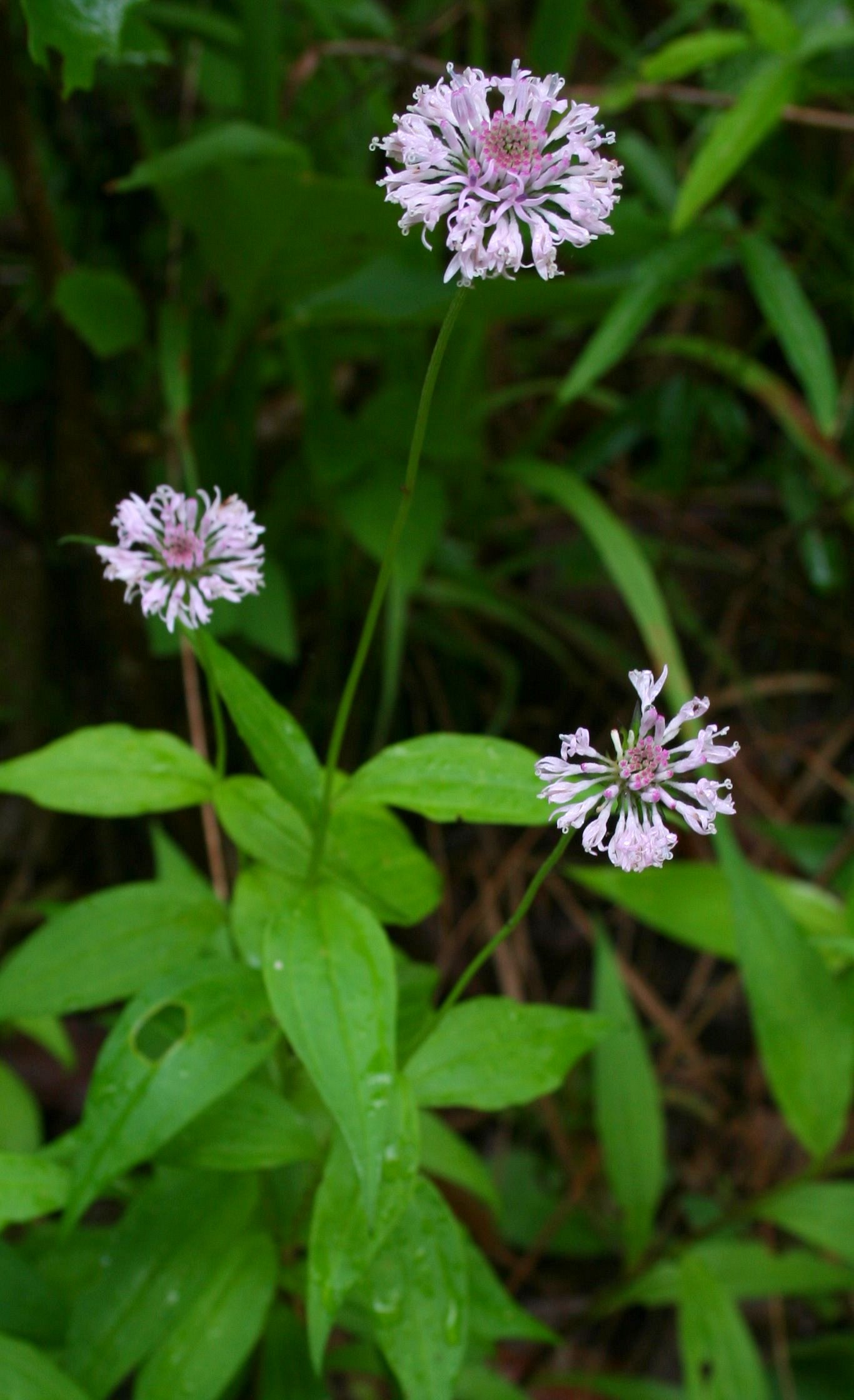Auburn Researchers Discover Rare Plant Species at Chewacla State Park
Among the 696 acres of Chewacla State Park, located in the city of Auburn, Auburn University researchers have recently discovered an abundance of plant life, including many plant species that have never been documented in Lee County.
From August 2014 through May 2019, a floral survey of the area was performed and a total of 704 species, including five hybrids, from 415 genera and 137 families were collected in the park.
The project was initiated by Chris Taylor, an Auburn undergraduate researcher in the School of Forestry and Wildlife Sciences, along with Wayne Barger, an Auburn graduate and botanist with the Alabama Department of Conservation and Natural Resources. Barger invited Leslie Goertzen, biological sciences associate professor and director of the Auburn University Natural History Museum’s John D. Freeman Herbarium, and Curtis Hansen, collections manager for the John D. Freeman Herbarium, to join the project. Al Schotz, a botanist with the Natural History Musuem’s Alabama Natural Heritage Program, and Evan Kilburn, a former undergraduate researcher in the Auburn University Department of Biological Sciences, both contributed to the study as well.
“Chewacla State Park is not a huge park in terms of land size, but it holds a fantastic diversity of plant life,” Hansen explained. “The overall numbers of species we identified was impressive, with over 700 different plants across only 696 acres of land. As visitors are made aware of the diversity that is here it enhances their experience whether they are camping, biking or hiking. It will also instill a greater appreciation for how biodiverse our state is, with a park like Chewacla representing something like what the original natural areas of Alabama may have been like.”
At least 70 of the plant collections had never been documented in Lee County. The researchers also discovered several rare or uncommon species, including a hybrid oak that was a new record for the entire state and is a significant addition to the biology of that species complex.
Goertzen pointed out that there was one negative finding.
“On the negative side we documented the significant impact of humans on the park ecosystem, including the presence of invasive plant species that are an overall detriment to the entire ecosystem there,” he said.
From a scientific standpoint, Chewacla State Park is located geographically on the fall line of the Southeast United States where the Piedmont Upland physiographic province meets the Coastal Plain physiographic province. There is very high complexity and diversity of geological substrates where diverse plant life can be found. Because of its location, documenting the vascular flora of Chewacla State Park helped the researchers recognize biogeographic patterns of plant community change across these larger geological boundaries in Alabama and the southeastern United States.
Goertzen said that the project was important because a thorough, comprehensive biodiversity inventory for a given area, such as a park, nature preserve or county, provides valuable research data and is a starting point for other research into conservation strategies, evolutionary biology and management practices.
“It gives an excellent snapshot of the health of a certain ecosystem and understanding of how organisms may be interacting,” he said.
Hansen added that the research was an excellent opportunity to demonstrate how biodiversity hotspots are not always in far-flung tropical rain forests, they may be right in our own backyard.
“Despite its proximity to Auburn University, a basic checklist of species had never been compiled,” he said. “It was also very nice to do field work 10 minutes from the office for a change, rather than camped out in a snake-infested swamp.”
To find out more about the research, visit https://bioone.org/journals/Castanea/volume-85/issue-1/0008-7475.85.1.169/The-Vascular-Flora-of-Chewacla-State-Park-Lee-County-Alabama/10.2179/0008-7475.85.1.169.full.
Latest Headlines
-
07/09/2024
-
Summer Bridge Program celebrates 21 incoming Auburn students as they prepare for future STEM careers07/02/2024
-
07/02/2024
-
06/17/2024
-
06/07/2024





